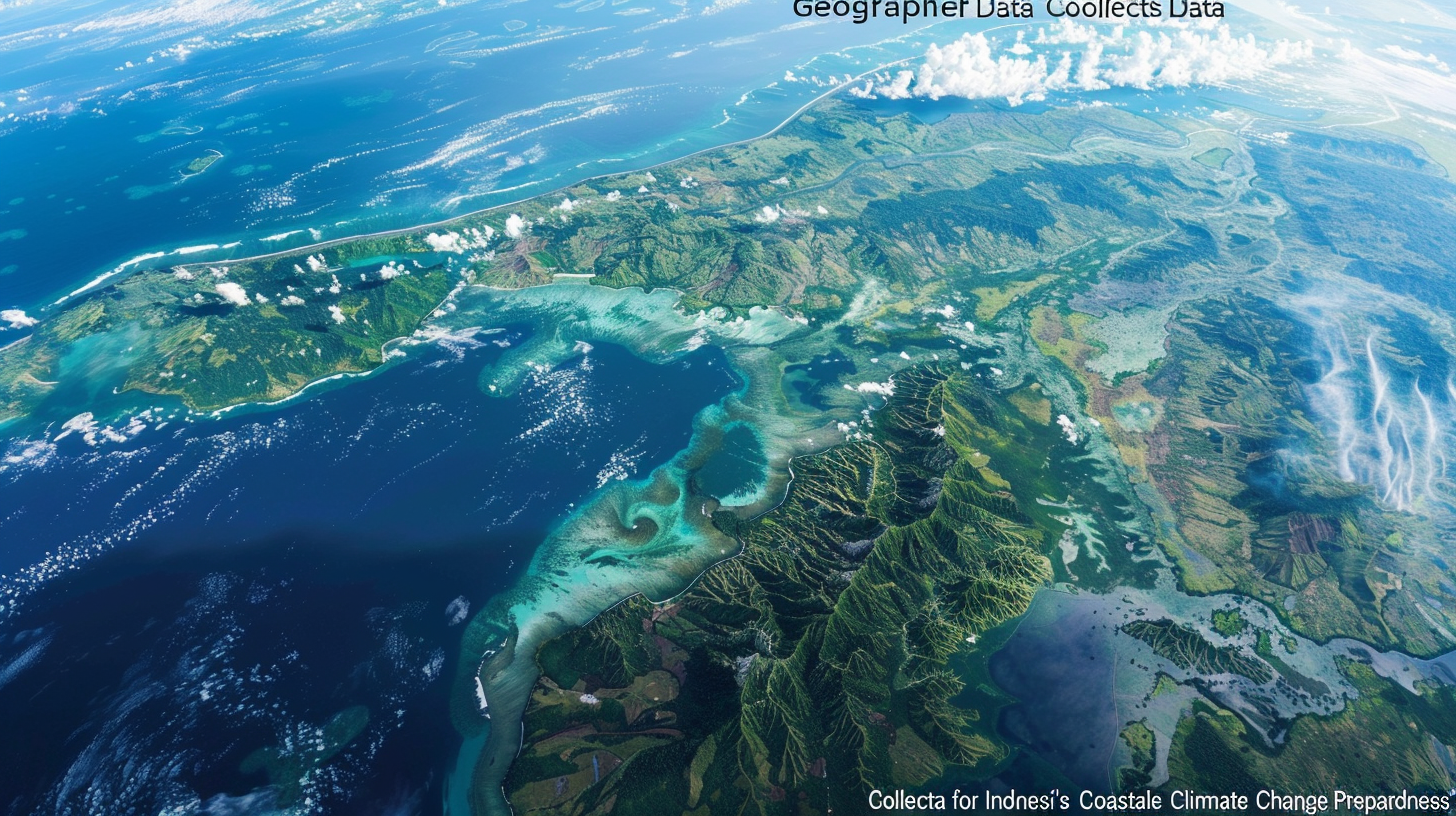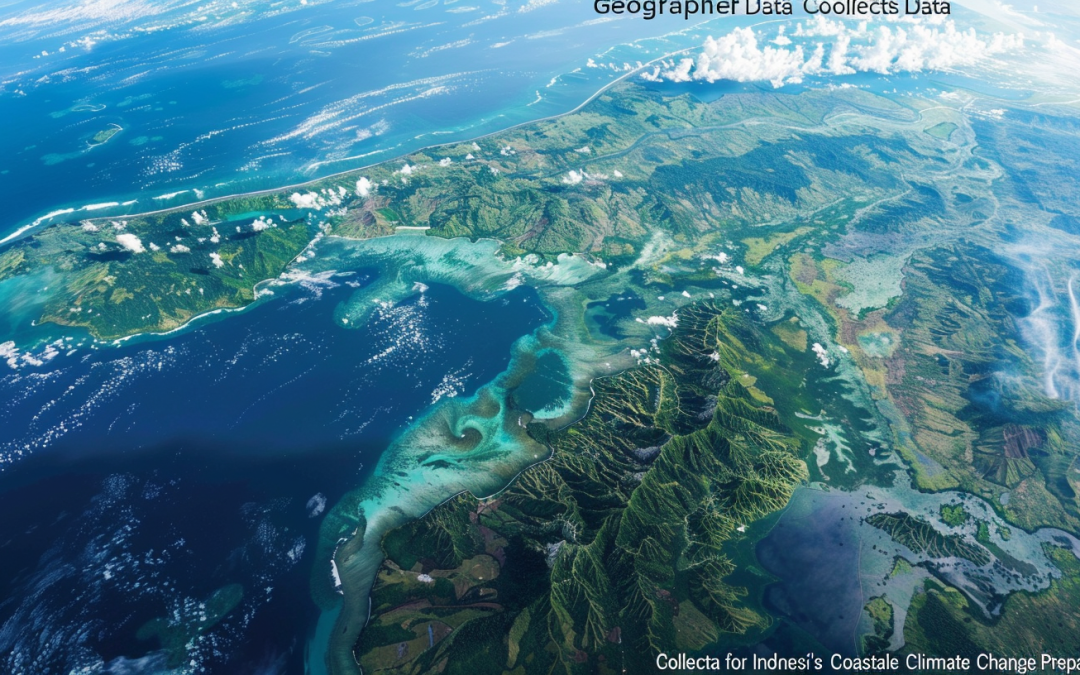
Future Trends in Coastal Adaptation to Climate Change: A Comprehensive Analysis
Climate change poses significant challenges to coastal areas worldwide, necessitating the need for effective adaptation strategies to mitigate its impacts. Geographer Muh Aris Marfai, in his tireless efforts to collect reference data for Indonesia’s coastal areas, exemplifies the proactive approach required to prepare for the consequences of climate change. In this article, we will delve into the key points of Marfai’s work and explore potential future trends in coastal adaptation, offering unique predictions and recommendations for the industry.
The Significance of Geographer Muh Aris Marfai’s Work
Marfai’s collection of reference data for Indonesia’s coastal areas assumes paramount importance in light of the increasing threats posed by climate change. Rising sea levels, intensified storm events, and coastal erosion are just a few of the consequences that demand immediate attention. By meticulously gathering data on the vulnerability of the coastal regions, Marfai aims to equip decision-makers with the information necessary to implement proactive adaptation measures.
Potential Future Trends in Coastal Adaptation
1. Nature-based Solutions (NbS)
One of the most promising trends in coastal adaptation is the widespread adoption of nature-based solutions (NbS). Instead of relying solely on traditional hardened infrastructures like seawalls and breakwaters, NbS emphasizes the use of natural ecosystems to provide effective and sustainable protection against climate change impacts. These solutions involve strategies such as beach and dune restoration, wetland creation, and mangrove conservation.
As the scientific community continues to recognize the invaluable role of healthy ecosystems in coastal resilience, we can expect to see an increased implementation of NbS worldwide. Policymakers and coastal managers should prioritize the integration of NbS into their adaptation plans to capitalize on the numerous environmental and socio-economic benefits they offer.
2. Community Engagement and Local Knowledge
Another crucial trend is the recognition of the importance of community engagement and local knowledge in coastal adaptation efforts. Coastal communities, who are at the forefront of climate change impacts, possess invaluable insights gained from their historical experiences and intimate connection with the coastal environment.
It is essential for decision-makers to engage with these communities and incorporate their knowledge into adaptation strategies. This bottom-up approach not only ensures that adaptation measures align with the needs and aspirations of the people but also fosters a sense of ownership and empowerment within the community. Collaboration between scientists, policymakers, and local communities is key to successful coastal adaptation.
3. Technology and Data-driven Solutions
The rapid advancement of technology and data availability presents exciting opportunities for coastal adaptation. Remote sensing technologies, such as satellite imagery and LiDAR, can provide valuable data on coastal change patterns, allowing for more accurate predictions and targeted adaptation actions.
Artificial intelligence (AI) and machine learning algorithms can be harnessed to analyze vast amounts of data, enabling the identification of trends and the development of predictive models. These tools can assist in decision-making processes, optimize resource allocation, and enhance the overall efficiency of coastal adaptation efforts.
Recommendations for the Industry
- Invest in Research and Data Collection: Governments, research institutions, and non-governmental organizations must allocate adequate resources to support comprehensive research and data collection initiatives, as demonstrated by Marfai’s work. Robust data forms the foundation for informed decision-making and effective adaptation strategies.
- Integrate Nature-based Solutions: Policymakers and coastal managers should prioritize the incorporation of nature-based solutions into their adaptation plans. These solutions offer multiple benefits, including climate resilience, biodiversity conservation, and sustainable livelihoods for coastal communities.
- Promote Community Engagement: It is imperative to engage coastal communities and empower them as active participants in adaptation processes. Their local knowledge, cultural values, and lived experiences contribute to the development of context-specific and socially inclusive adaptation strategies.
- Embrace Technology: Embracing technological advancements, such as remote sensing and AI, can revolutionize the way coastal adaptation is approached. Governments and organizations should invest in these tools to enhance data analysis, prediction accuracy, and decision-making in the face of climate change.
“The future of coastal adaptation lies in the integration of nature-based solutions, community engagement, and technological innovations.”
As the world grapples with the impacts of climate change, proactive coastal adaptation measures are crucial for sustaining the resilience of vulnerable coastal areas. By leveraging nature-based solutions, incorporating local knowledge, and embracing technological advancements, we can chart a path toward a more resilient and sustainable coastal future.
References:
- Marfai, M. A. (2024). Collecting reference data for Indonesia’s coastal areas to prepare for the impacts of climate change. Nature, Published online: 01 April 2024. doi:10.1038/d41586-024-00908-w
- Burke, L., Reytar, K., Spalding, M., & Perry, A. (2012). Reefs at risk revisited. World resources institute, 1-130.
- Cooper, J. A., & Pilkey, O. H. (2004). Sea-level rise and shoreline retreat: time to abandon the Bruun Rule. Global and planetary change, 43(3-4), 157-171.
- Dahdouh-Guebas, F., Jayatissa, L. P., Di Nitto, D., Bosire, J. O., Lo Seen, D., & Koedam, N. (2005). How effective were mangroves as a defence against the recent tsunami?. Current Biology, 15(12), R443-R447.
